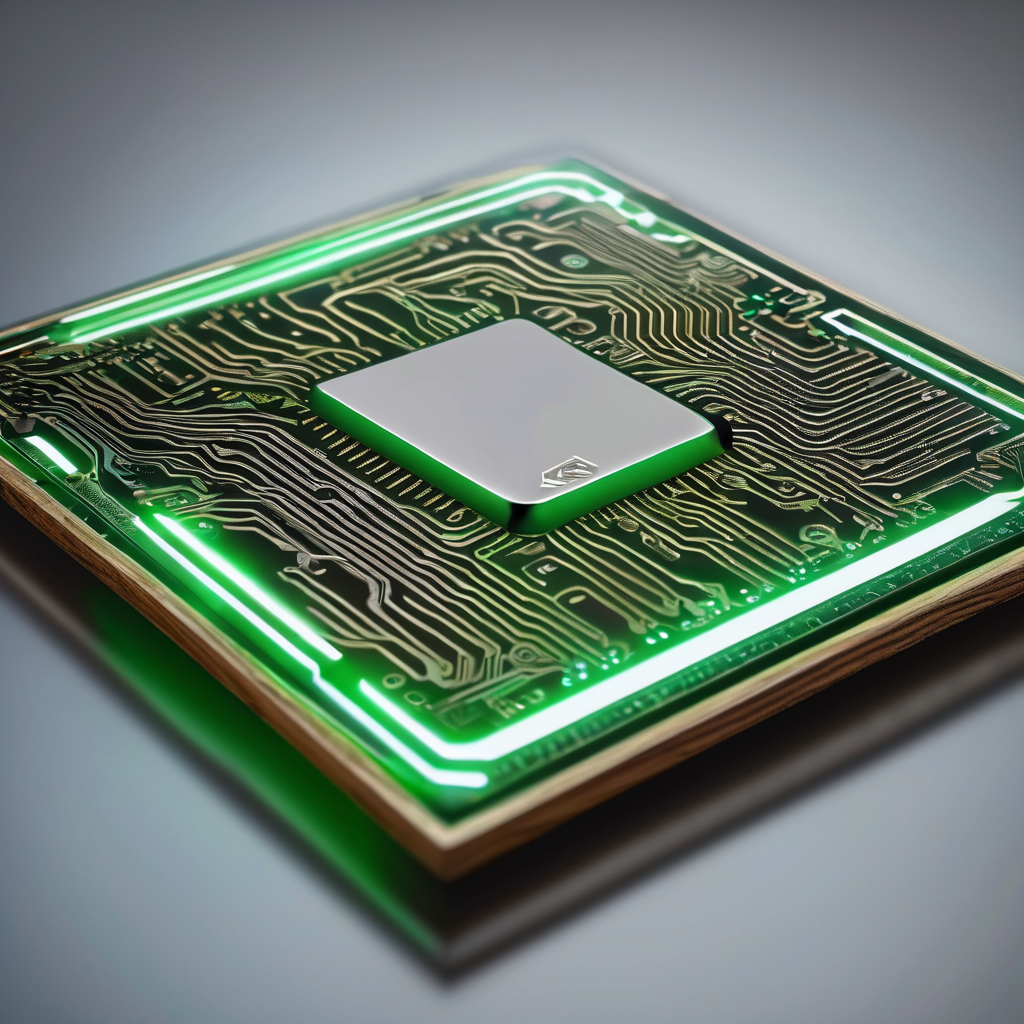Nvidia’s recent decision to invest $5 billion in Intel marks a significant moment in the semiconductor industry, providing crucial support for Intel’s ongoing turnaround efforts. This move underscores Nvidia’s confidence in Intel’s future potential, particularly as both companies aim to expand their footprints in the rapidly evolving AI sector.
Following a series of challenges, including dwindling market share and a period of scrutiny from the U.S. government, Intel is poised to benefit from this partnership in substantial ways. Nvidia CEO Jensen Huang confirmed the investment, highlighting its potential for significant returns and expressing enthusiasm for the collaboration. As part of this collaboration, Intel will incorporate Nvidia’s graphics processing unit (GPU) technology used in AI applications into its upcoming AI PC models, while Nvidia plans to utilize Intel’s x86 CPUs in its data centers.
This partnership comes at a crucial time for Intel, particularly following previous political challenges. Interestingly, President Donald Trump has reversed his stance on Intel CEO Lip-Bu Tan, initially calling for his resignation due to Tan’s Chinese investments, only to later support the company’s strategic initiatives. This shift paved the way for significant investments, including contributions from SoftBank and the U.S. government’s own stake, which amplify Intel’s strategic realignment.
Intel’s stock demonstrated a positive response, with significant gains observed following the announcement. Analysts have praised Nvidia’s investment as a vote of confidence, with Bernstein’s Stacy Rasgon describing Huang’s support as “priceless.”
The collaboration strengthens Nvidia’s position in the AI sector while simultaneously providing Intel with an opportunity to regain competitiveness. It allows Nvidia to tap into the personal computer market, a strategically important area previously dominated by rivals such as AMD. This has prompted shifts in the market, with AMD’s stock experiencing a moderate dip following the announcement.
Although the implications for Intel’s foundry business remain uncertain, the collaboration primarily focuses on enhancing capabilities through custom CPUs. Both Huang and Tan emphasized the partnership’s alignment with their companies’ core strengths, aiming to redefine market dynamics as AI technology increasingly integrates with consumer PCs.
This strategic partnership signals a renewed narrative for Intel, which aims to reverse its trajectory of losing market share. The collaboration with Nvidia, bolstered by political and financial endorsements, provides a positive outlook for Intel’s future prospects in the competitive tech landscape.
